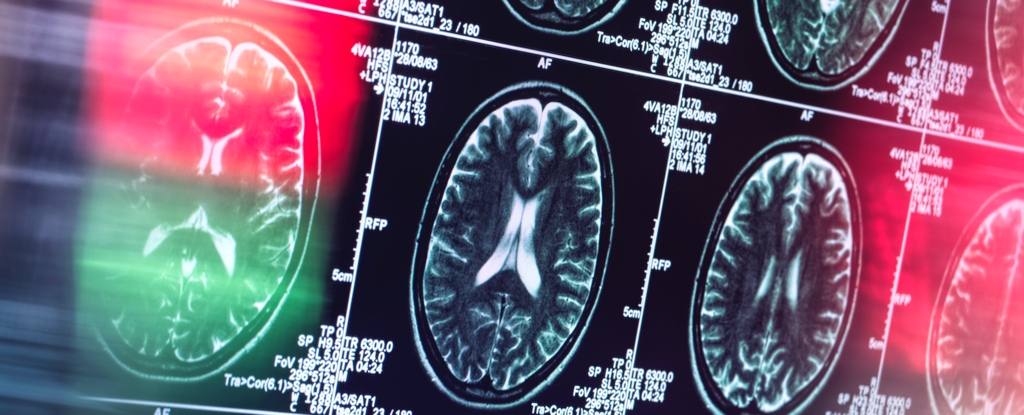This posting is inspired from the recent talk of Dr Richard Kessin ( Our THD neighbor ) on cognitive Decline and on Alzheimer's Disease ( AZD) -Part 2
Alzheimer’s Disease, long understood as a brain disorder marked by memory loss and cognitive decline, is undergoing a major shift in scientific perception. Emerging research in 2025 suggests Alzheimer’s may fundamentally be a disease rooted in immune system dysfunction rather than solely a direct disease of the brain itself.
A Paradigm Shift: Immune Origins of Alzheimer’s
Traditionally, Alzheimer’s was seen as a neurodegenerative disorder defined by hallmarks like beta-amyloid plaques and tau tangles, which accumulate in the brain and disrupt neural function. However, growing evidence indicates these protein buildups might actually be byproducts or even misguided defenses created by the immune system when it malfunctions. In this newer view, the immune system responds to perceived threats (such as infections or cell stress) by triggering chronic inflammation and alterations in brain immunity.
The Brain-Immune System Connection
Researchers have discovered several immune-related factors influencing Alzheimer’s progression:
Gene expression changes in immune system pathways are seen early in disease development.
Beta-amyloid plaques may serve as part of an innate immune response that protects the brain from microbes, but over time, this response becomes toxic.
Microglia (the brain’s primary immune cells) and infiltrating B and T cells contribute to chronic inflammation and neuronal damage.
Impairments in the blood-brain barrier allow peripheral immune cells to enter the brain and escalate inflammation.
Autoimmunity and Alzheimer’s
A particularly provocative theory proposes that Alzheimer’s is, at its core, an autoimmune disease—one in which the body’s immune defense mistakenly targets its own brain tissue. Antibodies meant to fight threats instead damage neurons, and such attacks may be initiated or worsened by genetic, lifestyle, and environmental risk factors.
Implications for Treatment and Prevention
If Alzheimer’s is primarily an immune disease, new avenues open for intervention:
Strategies targeting neuroinflammation—rather than just amyloid—are at the forefront of clinical trials and therapeutic development.
Immunotherapies designed to modulate, rather than broadly suppress, immune response could help by preventing the overactivation that damages brain cells.
Preventative measures may prioritize lifestyle interventions that support immune balance and reduce chronic inflammation.
Conclusion
The emerging consensus that Alzheimer’s may be properly understood as an immune-mediated disease is inspiring a new generation of diagnostic tools, treatment possibilities, and research into prevention. It not only reframes our understanding of dementia but also promises hope for more effective therapies—and one day, a cure—for one of the world’s most devastating illnesses.
Evidence from Inflammation and Immune Activation
Chronic low-grade inflammation is a hallmark of Alzheimer's and is associated with higher disease risk, especially among individuals with certain genetic backgrounds, such as APOE4 carriers. Elevated levels of inflammatory proteins like C-reactive protein (CRP) and cytokines (e.g., TNF-α, IL-1β, IL-6) are found in both the blood and brains of Alzheimer's patients, correlating with faster neurodegeneration and brain atrophy.
Peripheral Immune Cells and Blood-Brain Barrier Dysfunction
In Alzheimer's, the blood-brain barrier (BBB) is often compromised, allowing immune cells such as T cells and B cells to cross into the brain. Once inside, these cells interact with resident microglia (brain immune cells) and astrocytes, intensifying neuroinflammation, impairing the clearance of amyloid-beta (Aβ), and contributing to cognitive decline.
Microglial Dysregulation
Microglia, the primary immune cells of the brain, become chronically activated in Alzheimer's, shifting from a balanced (homeostatic) state to a highly inflammatory one. This shift reduces their ability to clear Aβ and leads to the release of neurotoxic molecules that drive synaptic dysfunction and neuronal death.
Autoimmunity and Disease Biomarkers
Some studies have detected autoantibodies against neuronal and glial proteins (such as tau and neurofilaments) in the blood and cerebrospinal fluid of Alzheimer's patients, supporting the idea that autoimmune processes may play a role. However, while these findings illustrate an immune component, the specificity and pathogenic relevance of these autoantibodies are still being actively researched.
Cytokines and Chemokines
Pro-inflammatory cytokines (e.g., TNF-α, IL-1β, IL-6) and chemokines are consistently elevated in Alzheimer's brains and in cerebrospinal fluid, serving both as participants in and biomarkers of disease activity. These immune molecules directly harm neurons and perpetuate a cycle of neuroinflammation.
Adaptive Immunity: Double-Edged Sword
Adaptive immune cells—T and B lymphocytes—show a dual effect: in some contexts they may worsen brain damage, while in others they provide protective roles by regulating inflammation and removing toxic aggregates.
Conclusion
Together, this evidence points to a complex relationship between Alzheimer's disease and immune dysregulation, involving innate and adaptive arms of immunity, chronic inflammation, BBB breaches, and possible autoimmune reactions. This foundation is guiding the development of new immunomodulatory therapies for Alzheimer's






No comments:
Post a Comment